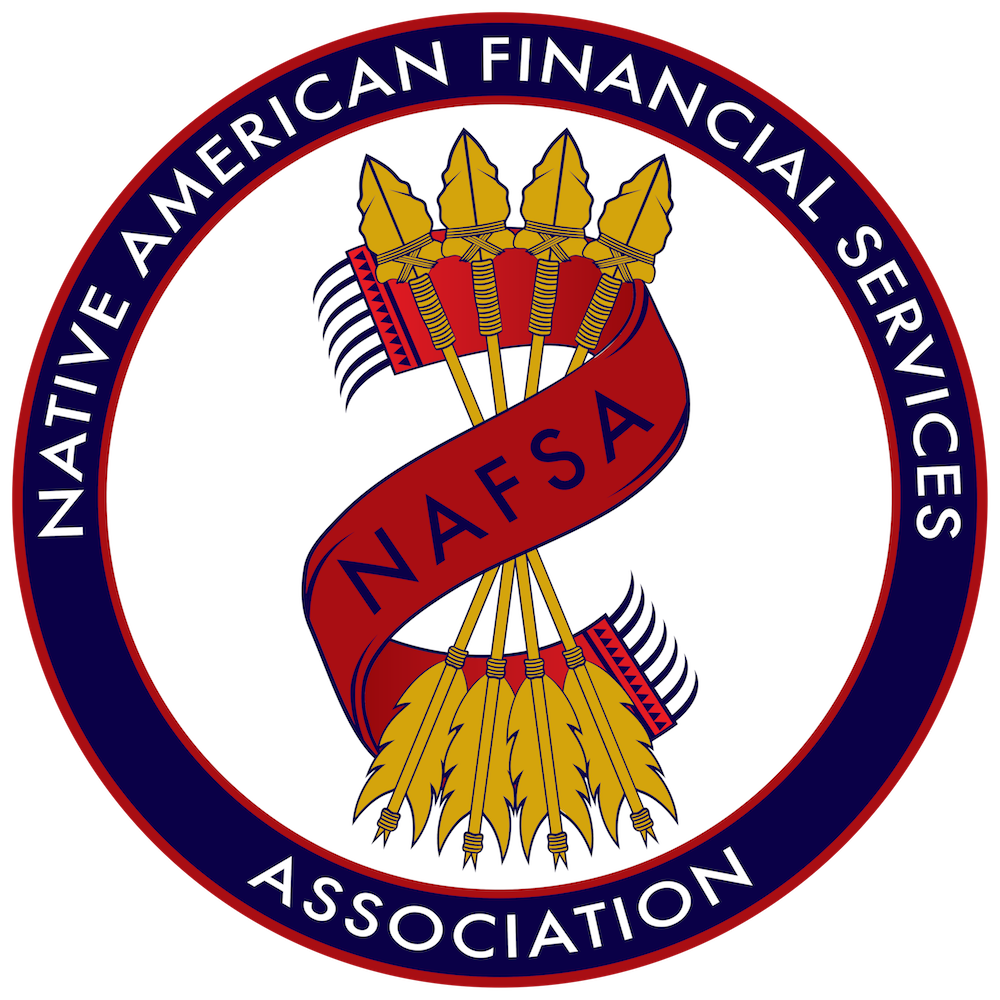The Latest Financial News
Boston Fed Chief Warns of U.S. Credit Tightening, Calls for More Fiscal Relief
The United States economy could encounter more business bankruptcies and foreclosures in the coming months if there is an increase in COVID-19 cases and no additional fiscal aid, according to recent comments by Boston Federal Reserve President Eric Rosengren. He added...
U.S. Consumer Spending Seems to Decline in August as Extended Unemployment Lapses
American consumer spending was found to decline in August, likely due to the lapse of extended unemployment benefits to millions of Americans at the end of July. The data, released by the Commerce Department, furthers the evidence that economic recovery from the...
Senators Gillibrand and Sanders Reintroduce Postal Banking Act
Last week, U.S. Senators Kirsten Gillibrand (D-N.Y.) and Bernie Sanders (D-Vt.) hosted a Facebook Live conversation where the two legislators announced their reintroduction of the Postal Banking Act, legislation that would, among other things, allow post offices to...
Why NAFSA?
There are more than 570 federally-recognized tribes in the United States, many of whom are spread across in diverse areas. This has left a need for other tribal economic development opportunities to create sustainability and jobs on Native American reservations.
Tribal Financial Services:
![]() Create jobs & economic development on tribal lands
Create jobs & economic development on tribal lands
![]() Increase the financial independence of tribes
Increase the financial independence of tribes
![]() Deploy sovereignty & bolster tribal self-determination
Deploy sovereignty & bolster tribal self-determination

The Impact of Tribal Financial Services
Coming from a history of staggering unemployment rates, limited opportunities, and lack of access to fundamental resources, Native American tribes began online lending businesses to create real change for the future. Internet commerce has been a vehicle for supporting economic growth, tribal services, and tribal development. These are their stories.
Our Mission
To advocate for tribal sovereignty, promote responsible financial services, and provide better economic opportunity in Indian Country for the benefit of tribal communities.




